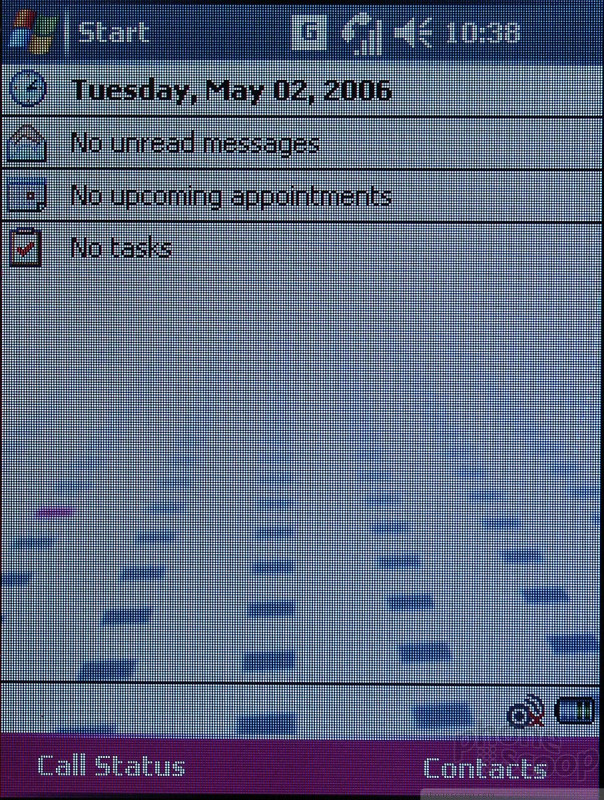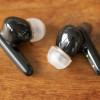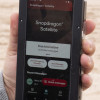Review: T-Mobile MDA
The MDA runs Windows Mobile 5 Pocket PC Phone Edition. That's quite a mouthful. In this latest version, Microsoft has made efforts to make Pocket PC more Smartphone-like. They have redesigned the menu system so that many functions use the two soft keys like a Windows Mobile Smartphone would. Soft key options can be chosen either by pressing the associated hardware button or by tapping on the label on the MDA's screen. Microsoft wanted to eliminate the need to pull out the stylus to use the phone, however the effort is half-hearted at best. There are still boxes and buttons and tabs scattered throughout applications and preference screens that cannot be dealt with except using the stylus.
The home screen is completely customizable; not just the wallpaper or color scheme, but what information is displayed as well. There are hundreds of applets available online that can customize what is displayed on your home screen, and a number of color themes are available as well. The information displayed on the home screen acts as a shortcut to the associated application. Applications can also be accessed through the Start menu by tapping the Windows flag. Just as on a Windows desktop, applications can be placed in the top level of the Start menu or in a separate Programs screen.
Once inside an application, (or when making a phone call, which is treated as an application in Windows Mobile,) the most common action is assigned to the left soft key, and the rest of the menu options are available through the right soft key.
In-between the two soft key labels is a small icon to activate on-screen text entry. Everything from a tiny QWERTY keyboard to a numeric keypad with T9 to traditional handwriting recognition is available, in addition to the slide-out QWERTY keypad.
The soft keys and text entry menu are consistent from application to application. However things as simple as closing an application are not as clean. Although there are two separate labels on the box to close applications or windows ("ok" in some cases, an "x" in others), Microsoft has added the phone convention of exiting and returning to the home screen when the end key is pressed, which is a welcome change.







 Hands On with the Motorola edge+ (2022)
Hands On with the Motorola edge+ (2022)
 Hands On with the SoundCore Liberty 4 earbuds
Hands On with the SoundCore Liberty 4 earbuds
 Qualcomm Taps Iridium for Satellite Connectivity
Qualcomm Taps Iridium for Satellite Connectivity
 iPhone 15 Series Goes All-In on USB-C and Dynamic Island
iPhone 15 Series Goes All-In on USB-C and Dynamic Island
 HTC 8125 / 8100 / MDA (USA) / K-JAM / P4300 (Wizard)
HTC 8125 / 8100 / MDA (USA) / K-JAM / P4300 (Wizard)


